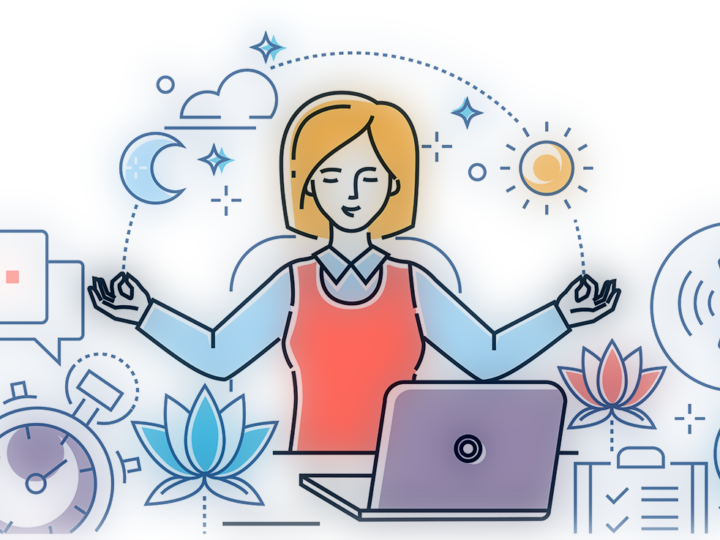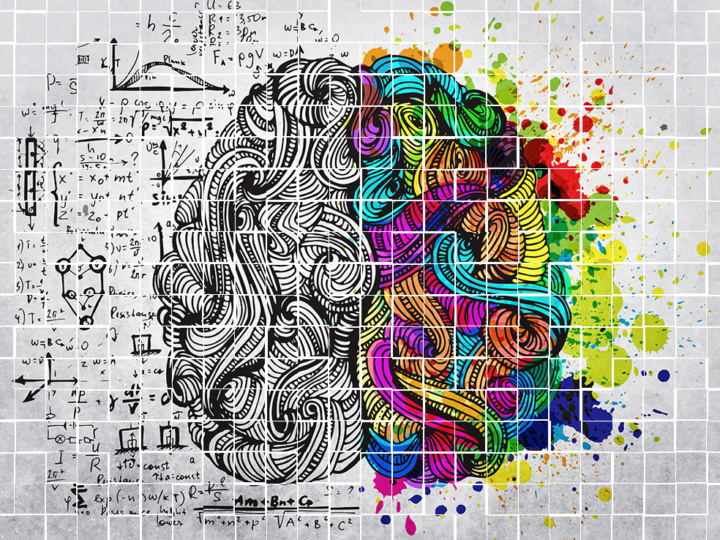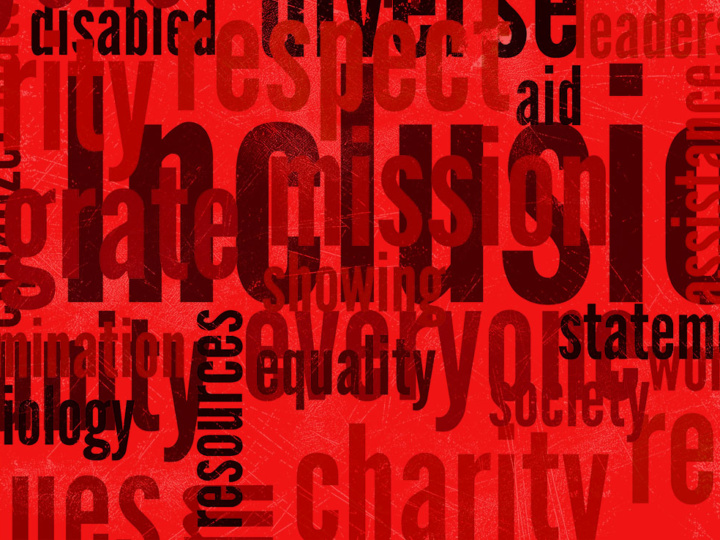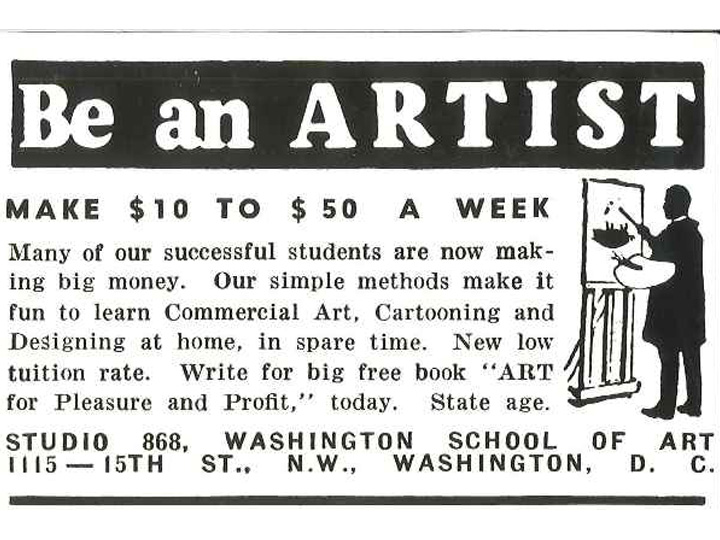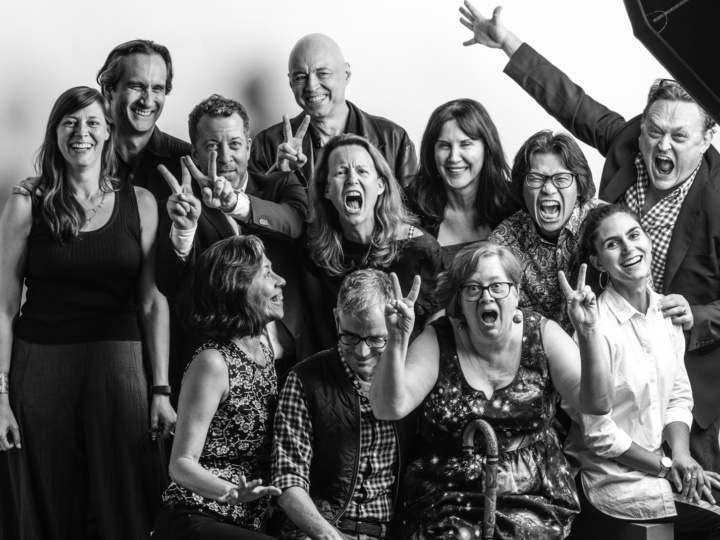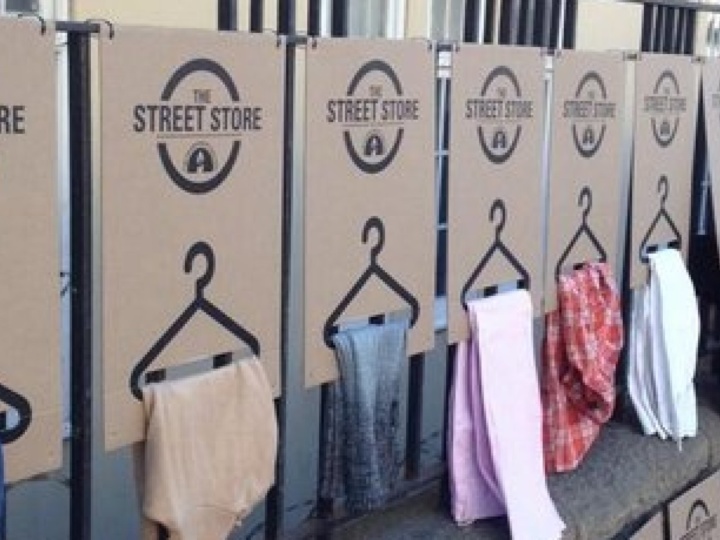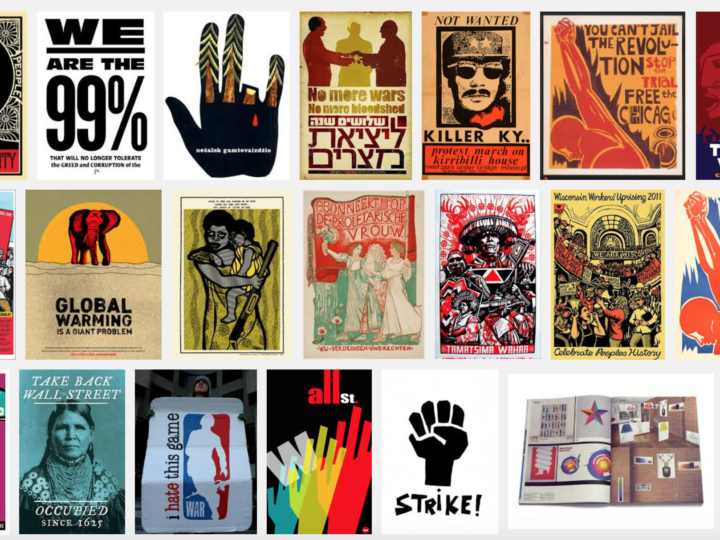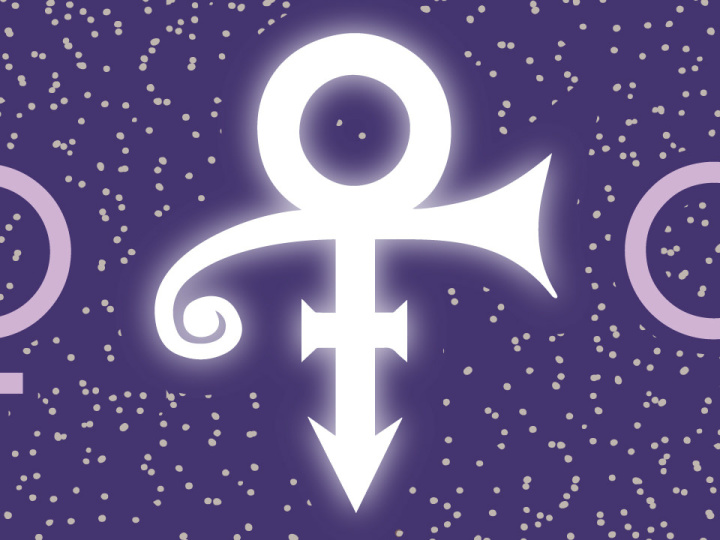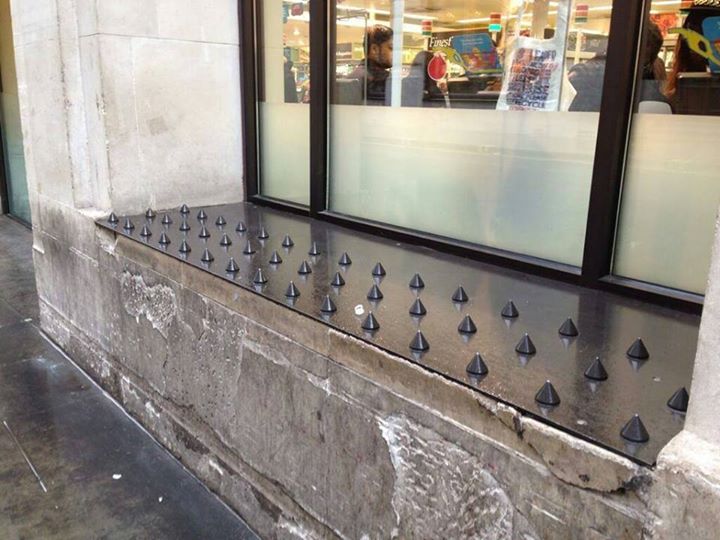For the past 5 years, I’ve been working from home on corporate contracts providing UI/UX Design for online platforms. And I love it. In fact, I’ve spent most of this year changing the focus of my career away from Entertainment and toward what I imagined to be more meaningful projects in the Non-Profit Arts, News, Technology and Science industries.
As my Simmons contract of over 2 years was coming to an end I was trying not to panic. I was busy contacting people and applying for jobs, and doing all the things you’re supposed to do when looking for work. Then, out of the blue I got a text from a friend and co-worker… Her client at Apple TV+ was looking for a Production Artist/Designer to support the Creative Team in charge of all Apple’s new streaming service shows and would I be interested? I responded instantly, surprising even myself, hell yes I’d be interested!
My Simmons contract ended August 31 and on September 16 I was working a full time contract at Apple. Many people might think I took a step back in career terms. After all I was moving away from Entertainment, not towards it. And I loved working from home but now I’d be in an office 40+ hours every week.
The true irony of the situation is that I LOVE it! Yes I loved working from home, but I never realized how much I enjoy working in a hectic, frenzied creative environment on something as huge as Apple’s new streaming service. I feel completely revitalized and connected to current culture. And it’s Apple! I live my life on Apple products so this is just such a great fit for me.
This experience also reminded me that’s it’s not what you know but who you know that makes the biggest difference in looking for work. Thinking back, with maybe 2 exceptions, every job I’ve had in my 30+ year career came from either knowing somebody or being referred by somebody. And yes, there’s also an element of luck involved. I am truly grateful for the opportunities I’ve had to make my contribution to the world of entertainment. And I’m happy to discover that I still have more to contribute!


